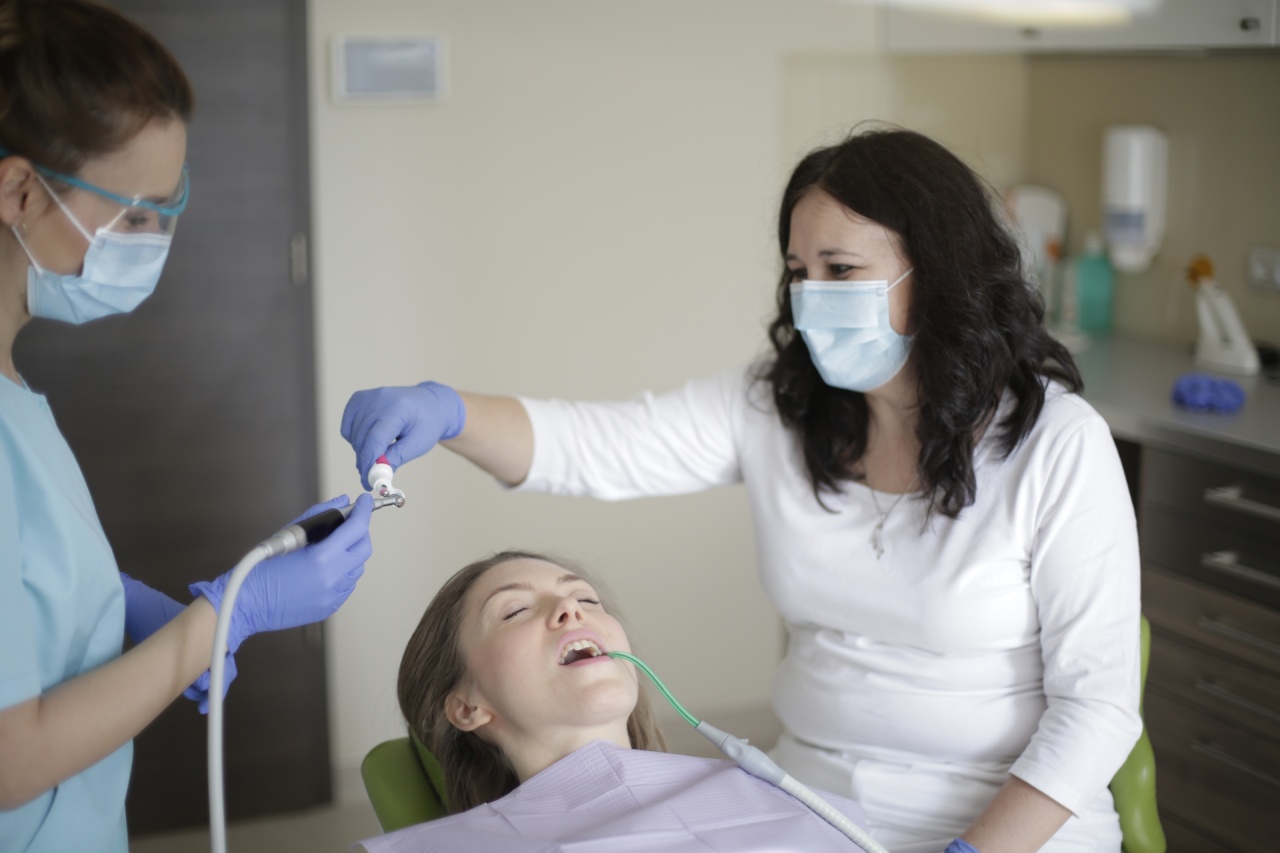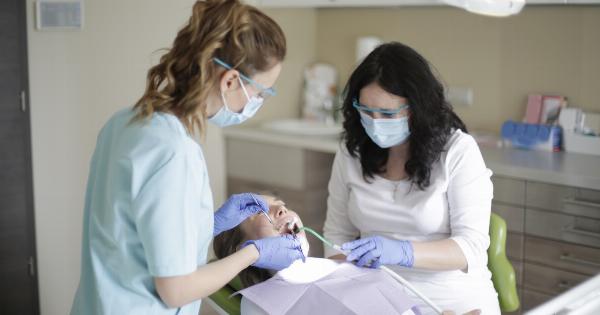Orthodontic cancer, also known as oral cancer, is a type of cancer that affects the mouth, lips, tongue, and other parts of the oral cavity. It can lead to severe complications and even death if not detected and treated early.
While orthodontic cancer can affect individuals of all ages, it often occurs in older adults. However, recent studies have shown an alarming increase in cases among younger individuals, raising concerns about the right age to start preventive measures.
The Rising Incidence of Orthodontic Cancer in Younger Individuals
In the past, orthodontic cancer was predominantly seen in individuals aged 40 and above. However, there has been a significant shift in recent years, with an increasing number of cases reported in younger age groups, including teenagers.
This shift can be attributed to various factors, including changes in lifestyle, increased exposure to the human papillomavirus (HPV), and other risk factors.
The Role of Lifestyle Choices
Lifestyle choices play a crucial role in the development of orthodontic cancer.
Poor oral hygiene, tobacco and alcohol use, unhealthy diet, and excessive sun exposure are some of the common lifestyle factors that increase the risk of developing oral cancer.
Teenagers and young adults often engage in risky behaviors, such as smoking or using smokeless tobacco, which significantly increase their chances of developing oral cancer.
It is essential to educate young individuals about the dangers of these habits and promote healthier lifestyle choices.
HPV Infection and Oral Cancer
Recent research has shown a link between the human papillomavirus (HPV) and the development of oral cancer. HPV is a sexually transmitted infection that can affect the mouth and throat, leading to the formation of cancerous cells.
It is now recognized as a major risk factor for orthodontic cancer, particularly in younger individuals.
Vaccination against HPV has proven to be highly effective in preventing HPV-related cancers, including orthodontic cancer. The Centers for Disease Control and Prevention (CDC) recommends routine HPV vaccination for boys and girls aged 11 or 12.
By getting vaccinated at an early age, individuals can significantly reduce their risk of developing oral cancer later in life.
Screening and Early Detection
Early detection plays a vital role in the successful treatment of orthodontic cancer. Regular screenings can help identify any abnormalities in the mouth and facilitate early intervention.
Dentists and orthodontists are often the first healthcare professionals to detect signs of oral cancer during routine check-ups.
While oral cancer screenings are typically recommended for individuals aged 40 and above, it might be prudent to start screenings at an earlier age for those at high risk.
High-risk individuals include those with a family history of oral cancer, a history of tobacco or alcohol use, and individuals infected with HPV.
Preventive Measures for Younger Individuals
Preventive measures can significantly reduce the risk of developing orthodontic cancer, especially when initiated at a younger age. Here are some preventive measures that young individuals should consider:.
1. Practice Good Oral Hygiene
Regular brushing, flossing, and using mouthwash can help maintain good oral hygiene and reduce the risk of oral cancer. It is essential to brush twice a day, especially before going to bed, to remove any leftover food particles and plaque.
Flossing should be done at least once a day, especially between the teeth and along the gumline.
2. Avoid Tobacco and Alcohol
Tobacco use in any form, including smoking and smokeless tobacco, significantly increases the risk of oral cancer. Similarly, excessive alcohol consumption has been linked to the development of oral cancer.
It is crucial to avoid these substances altogether or limit their use to minimize the risk.
3. Shield Your Lips from Sun Exposure
Excessive exposure to the sun’s harmful ultraviolet (UV) rays can increase the risk of lip cancer.
Using lip balm or lip products with SPF (sun protection factor) and wearing hats or using umbrellas when out in the sun can help protect your lips from harmful UV radiation.
4. Eat a Healthy Diet
A well-balanced diet rich in fruits and vegetables can boost your immune system and help prevent oral cancer. Avoiding processed foods, sugary drinks, and excessive red meat consumption is recommended.
Incorporating foods high in antioxidants, such as berries and leafy greens, can be beneficial for oral health.
5. Get Vaccinated Against HPV
The HPV vaccine offers effective protection against HPV-related oral cancer. Vaccination at an early age, as recommended by healthcare professionals, can provide long-lasting immunity and reduce the risk of developing orthodontic cancer later in life.
Raising Awareness and Promoting Regular Check-ups
Creating awareness about orthodontic cancer among younger individuals is crucial.
Education programs in schools, colleges, and communities can help inform young individuals about the risks associated with orthodontic cancer and the preventive measures they can take.
Regular check-ups with dentists and orthodontists should be encouraged for individuals of all ages. Routine oral examinations can detect any precancerous or cancerous lesions early, leading to better outcomes and chances of successful treatment.
Conclusion
Orthodontic cancer is a serious health concern that can affect individuals of all ages. While it has traditionally been more prevalent among older adults, there has been a recent increase in cases among younger individuals.
Lifestyle choices, such as tobacco and alcohol use, along with the rising incidence of HPV infections, contribute to this concerning trend.
Starting preventive measures at a younger age is crucial in reducing the risk of orthodontic cancer.
By practicing good oral hygiene, avoiding tobacco and alcohol, protecting the lips from sun exposure, following a healthy diet, and getting vaccinated against HPV, individuals can significantly lower their chances of developing oral cancer.
Regular screenings and check-ups are essential for early detection and intervention.
By raising awareness and educating young individuals about orthodontic cancer risks and prevention, we can work towards reducing the incidence of this potentially life-threatening disease.



























